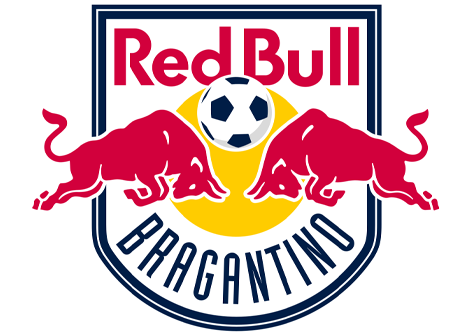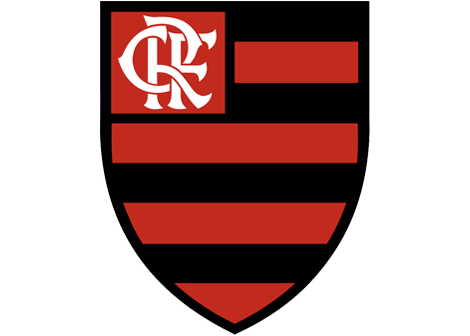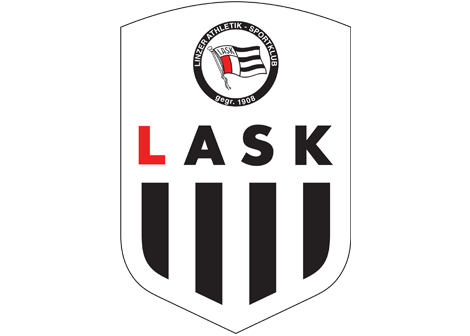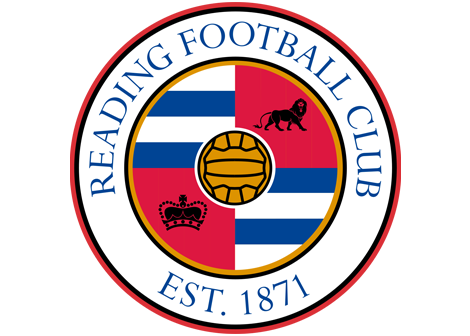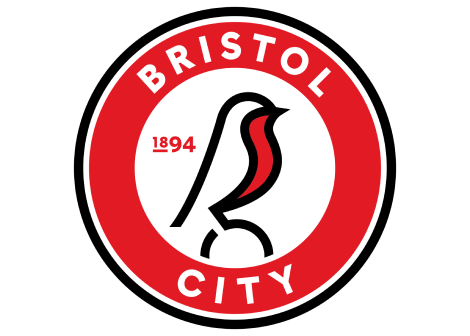With the introduction of new legislation to help clubs be more sustainable, what does the future look like for English football with this independent regulator?
This new legislation will protect clubs from exploitation and the IFR is a necessary safeguard to ensure clubs are not treated solely as assets.
The business of football has never been more lucrative with clubs across the English Premier League generating record revenues, yet for many clubs in the football pyramid, they are often operating on a financial knife-edge with the line between success and failure often for too close for comfort.
A 2023 government-commissioned study found the majority of clubs across England’s top five tiers are “technically insolvent,” with almost half of Premier League sides and virtually all second-tier Championship clubs running negative cash flow in 2021/22.
When even some of the world’s richest clubs are spending more cash than they earn, the picture becomes clearer; the pursuit of success in English football is a pursuit at all costs.
This landscape forms the backdrop for today’s club executives. Chief Financial Officers (CFOs) and Sporting Directors must navigate an era of unprecedented financial risk, and they are increasingly turning to advanced tools like Contingency AI, which allows clubs to automate all contingencies on transfer and salary payments for players to reduce the risk of missed or late payments.
They want to regain control and plan for the unexpected.
The rise of "Pure Profit" player sales
Modern financial rules are forcing clubs to make hard choices, including selling valuable players to balance the books. In the Premier League, Profit and Sustainability Rules (PSR) limit club losses over a multi-year period (similar to UEFA’s Financial Fair Play), which has led to a trend of clubs offloading academy-developed players for instant profit.
For instance, Chelsea's new ownership has a strong record for selling homegrown stars such as academy graduate Mason Mount, in order to meet PSR requirements, since transfer fees for homegrown players count as 100% profit on the accounts.
Some have openly raised concern about this reality. One coach said: “It’s not a Chelsea problem, it's a Premier League problem... the rules in the end make us [sell academy players]”.
PSR was brought in to curb overspending but a consequence of it has been to effectively incentivise clubs to cash in on their youth products.
A recent high-profile example is the sale of Jacob Ramsey from Aston Villa to Newcastle United. In August 2025, Villa agreed to transfer the 24-year-old Ramsey – a Villa Academy graduate who has developed into a key player at the top level – for an initial £39million, potentially rising to £43m with add-ons.
With the club under pressure to sell in order to comply with UEFA FFP and domestic PSR limited, Ramsey’s entire fee registers as pure profit for Aston Villa’s FFP/PSR accounting.
As one report described, Villa were “walking a UEFA financial fair play and PSR tightrope” and needed that boost from a player sale. Ramsey’s departure, while painful for fans, instantly improved Villa’s balance sheet, again illustrating how financial rules are dictating transfer decisions across the league.
The Precarious Financial Landscape of English Football
English football is enjoying tremendous commercial success, but the riches come with razor-thin margins. Collectively, clubs have faced explosive growth in costs, with Premier League wage bills skyrocketing by 3,600% since the league’s formation in 1992, far outpacing general inflation at 94% over the same period.
Top-division revenues have boomed thanks to lucrative broadcasting and sponsorship deals, yet sustainability remains harder to achieve. Many clubs operate unsustainably, relying on benefactor owners or risky debt.
Traditional banks are largely unwilling to lend to football clubs due to volatile economics and the reputational risk, leaving clubs dependent on owners’ deep pockets. This dependency is a double-edged sword: if an owner’s circumstances change or their generosity dries up, a club can quickly spiral into crisis with even the so-called “super clubs” never as secure as they appear.
Nowhere is this fragility more evident than in the frequency of insolvencies (when clubs go into bankruptcy, liquidation or administration) up and down the leagues. Since the Premier League’s inception in 1992, there have been over 60 occasions like this, involving more than 46 different English league clubs.
Historic community clubs have been pushed to the brink or beyond, with Bury FC one of the highest profile cases. The 125-year-old club was expelled from the Football League in 2019 after a financial collapse.
Such failures are not isolated, as one club’s collapse can leave others with unpaid transfer fees or unsettled debts. A government review in 2021 warned that the sport’s finances are fragile at all levels, with “wide-reaching” financial stress and clubs incentivised to overreach in pursuit of glory. The message is clear: without changes, even clubs at the top are never far from trouble.
Premier League: High revenues, high risks
At first glance, Premier League clubs appear financially invincible; flush with billions from TV deals and global fanbases. The average revenue for a Premier League club was around £275million in 2021/22, nearly ten times that of a Championship club (around £28million).
This gulf in resources allows top-tier teams to spend at levels lower-league counterparts can only dream of. Yet paradoxically, many Premier League sides still run at a loss or rely on continuous owner funding. The same 2023 study found only about 55% of PL clubs managed to generate positive operating cash flow in 2021/22. This implies that nearly half were making losses despite their huge incomes.
Ambition plays a role here: clubs outside the elite often overspend on players and wages to chase European qualification or avoid relegation. If on-pitch results falter, the financial consequences can be severe.
Even success can come at a steep cost. The competitive pressure at the top leads to aggressive spending. Financial Fair Play (FFP) rules and the prospect of a new independent regulator in England aim to enforce better sustainability, but top clubs remain far from immune to financial peril.
A key broadcast contract might drop in value, or a team might slip down the table, and suddenly the budget no longer balances.
So this means that Premier League club CFOs are increasingly focused on long-term planning, cost control, and contingency scenarios to ensure their club’s long-term foundations are secure. In today’s Premier League, huge revenue comes with huge risk, so well-run clubs are built on expert long-term planning.
The Championship: Chasing the Premier League Dream
In the Championship, the second tier of English football, clubs often gamble their very existence for a chance at promotion to the Premier League. The reason is simple: reaching the Premier League is estimated to be worth around £170-200 million over just a few seasons.
That income from TV money, sponsorship uplift in the Premier League is transformative, and so are the parachute payments if they get relegated. This tempts Championship owners to spend far beyond their means in pursuit of the top flight. The numbers prove this.
In the 2021/22 season, Championship clubs spent an average of 108% of their total revenue on wages. In other words, clubs typically paid out more in player and staff wages than they earned over the year.
It was the fifth consecutive season of wages surpassing revenue, reflecting a sustained trend of overspending to chase the Premier League dream.
Nottingham Forest, for example, spent almost 200% of their revenue on wages (roughly £58.6m on wages against £29.3m in revenue) in the season they earned promotion in 2022. They secured a place in the Premier League, but had they failed, the cost could have been huge.
Many others have lost out while overspending. Derby County chased promotion for years and ended up in administration in 2021. Wigan Athletic similarly suffered financial collapse (and subsequent relegation to League One) when their ownership’s funding evaporated.
According to EFL chairman Rick Parry, the huge revenue gap between the Premier League and Championship has created a dangerous “cliff edge” between the divisions, and parachute payments for relegated clubs are “fuelling inequality within the Championship”. In short, the incentives for second-tier clubs to overreach are massive, and the consequences can be severe.
For Championship clubs' financial teams, the mission is very tough. They must somehow enforce financial discipline in a culture that rewards extravagance; or at least ensure there’s a fallback plan if the gamble fails.
The savviest clubs are now budgeting multiple scenarios: What if we win promotion? What if we fall short? They map out contingencies and associated budgets for each outcome, so that a failure to go up doesn’t immediately spell trouble. This forward-planning mindset is becoming essential for survival and it leads directly into the tools that can help clubs manage these financial uncertainties.
A game-changer in governance: The independent regulator
After years of warning signs and several high-profile club crises, English football is now poised to implement the most significant governance reform in a generation.
In July 2025, the UK Parliament passed the Football Governance Act, officially creating an Independent Football Regulator (IFR) to oversee the financial and structural health of the men’s professional game.
This new piece of legislation is a direct response to the landscape outlined above, effectively, an acknowledgment that the status quo of financial problems and self-policing was no longer tenable.
The journey to this reform began with the 2021 Fan-Led Review (sparked by incidents like the European Super League attempt and the collapse of clubs like Bury) and culminated in cross-party support to “safeguard the future of the national sport” through statutory regulation. As of mid-2025, the Independent Regulator is set to launch, marking a historic moment in English football.
What powers will the new regulator have?
According to the Act and government announcements, the IFR will be armed with “tough new financial regulation to improve resilience across the football pyramid to ensure clubs are sustainable for the long term.”
In practice, this means the Regulator will enforce stricter cost controls, capital requirements, and sustainability checks on clubs in the top five leagues, from Premier League down to National League. Clubs will likely have to obtain a license to operate, contingent on meeting financial sustainability criteria.
The IFR also introduces a much-strengthened Owners’ and Directors’ Test, for the first time, this test will be underpinned by law, not just league rules, to ensure club owners are “fit and proper” and not funding clubs through illicit or unsound means, with powers to disqualify or even force the sale of clubs by rogue owners who imperil a club’s future.
Additionally, the legislation mandates new standards for fan engagement and club heritage protection: for example, clubs will have to seek fan approval for major decisions like changing a team’s name, badge, or home colours, and moving stadiums will come under regulatory scrutiny.
This is aimed at ensuring that supporters have a voice, and that communities can trust that their clubs won’t be casually uprooted or stripped of identity.
Notably, the IFR will also guard against the risk of breakaway competitions, it’s explicitly charged with barring clubs from joining any future closed-shop leagues like another European Super League attempt, protecting the principle of sporting meritocracy.
For Championship, League One, League Two and National League clubs, the advent of an independent regulator could be transformative. It is expected to install guardrails against the “casino” behavior in the second tier.
Stricter oversight of club budgets, debt levels, and owner funding should, in theory, curb reckless spending (like the 108% wage/revenue ratios) by penalising unsustainable practices before they lead to collapse.
The IFR could enforce real-time financial monitoring, requiring clubs to maintain certain liquidity or solvency thresholds, and intervening if there are warning signs. For example, if a club’s wage bill exceeds a set percentage of income or if owner loans mount unsustainably. It could also give more transparency; clubs might have to submit business plans and cash-flow forecasts to get their license each season.
Crucially, the Regulator provides an authority outside the leagues themselves, which helps avoid conflicts of interest where leagues were previously lenient to keep clubs spending.
As Kieran Maguire, a leading football finance expert noted, this legislation is “a vital step forward… ensuring clubs are run more responsibly and giving supporters a greater voice,” treating clubs not solely as private businesses but as community assets with cultural significance.
Moving forward, the Independent Regulator is expected to start operating in the 2025/26 season. A “Shadow Regulator” team was already set up in 2024 to begin consultations.
Implementation will be key. Clubs and leagues are working with the new body to shape the exact rules. There may be pushback from some owners or even legal challenges, but the direction is set: English football is embracing external regulation to fix its financial imbalances.
This is a big change in a sport that historically prized self-governance. The hope is that, in time, it will lead to a more sustainable ecosystem, where ambition is tempered by financial reality, and where clubs can no longer ignore basic business viability.
In combination with internal changes at clubs, outlined below, and technological tools, the IFR could help ensure that the chaos and near misses of the past decades are not repeated, and that clubs across the pyramid are still around for future generations to enjoy.
Embracing AI in football finance
It will come as no surprise then, given the precarious competitive landscape, the introduction of a new regulator and the complex web of finances in modern football, clubs are increasingly looking to technology for help.
One such innovation is Contingency AI, a cutting-edge contract management and forecasting platform designed specifically for football’s needs.
It was born from the recognition that the old way of tracking contingency payments - typically massive spreadsheets or ad-hoc notes for every transfer clause and bonus condition - is no longer adequate.
Contingency fees (payments due only if certain conditions are met, like appearances, goals, team achievements, etc) have soared in popularity. They are 5x more common than a decade ago as clubs look to reduce risk in transfers with performance-based payments.
With so much money tied up in these conditional clauses, relying on scattered spreadsheets or the memory of a few staff members is a recipe for error. In fact, studies show nearly 90% of complex spreadsheets contain errors, and football clubs have learned this the hard way: missed trigger dates, forgotten sell-on clauses, or accidental activations of obligations have cost teams millions.
In summary, it automates and centralises the tracking of all these contractual elements. Instead of each clause living in a filing cabinet or an accountant’s workbook, club contracts are uploaded and systemised by AI, with key trigger conditions logged in a single platform.
The system then continuously monitors real-world events like appearances, goals, league outcomes, transfers, by pulling data from official league databases and match statistics to check if any clause’s conditions are met.
The moment a trigger is hit, an alert is sent to the relevant people at the club. For instance, if a loanee plays his 20th game and that appearance activates an obligation-to-buy clause, the system flags it immediately; or if a former player’s new team wins promotion, activating a bonus payment to his old club, the club’s finance department gets notified right away.
This prevents the scenario of reacting to surprises. Clubs also receive regular reports and forecasts projecting which contingency payments are likely to come due (or be owed to them) in upcoming windows. Such foresight is invaluable for CFOs planning budgets and for Sporting Directors building squads.
For forward-thinking clubs, adopting such tools is not merely about avoiding mistakes; it’s about gaining a competitive edge. A club that knows its exact financial position under every scenario will outmaneuver those who move slower or are tracking with lagging indicators.
To find out more about Contingency AI, head over to this page to book a demo with the team.
Book an intro call
Trusted by decision makers from 800+ clubs worldwide



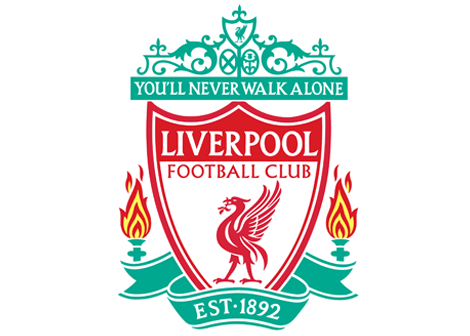







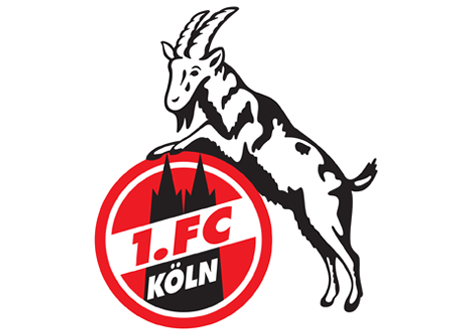





















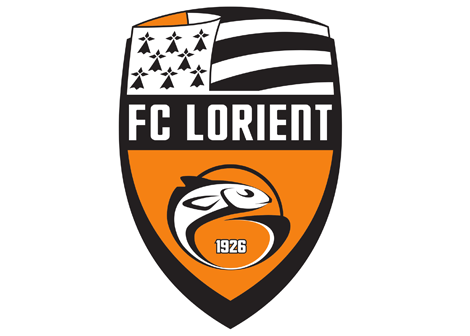





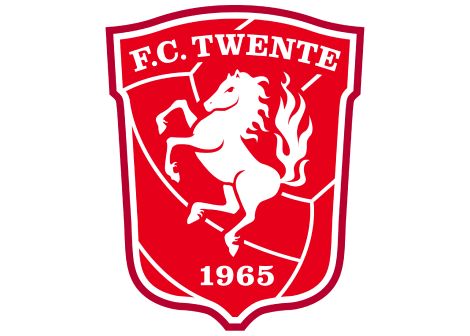



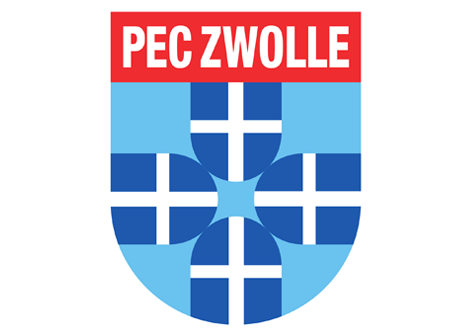

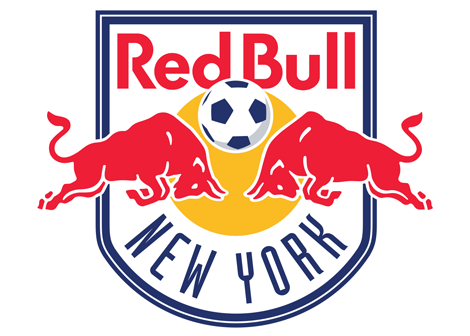





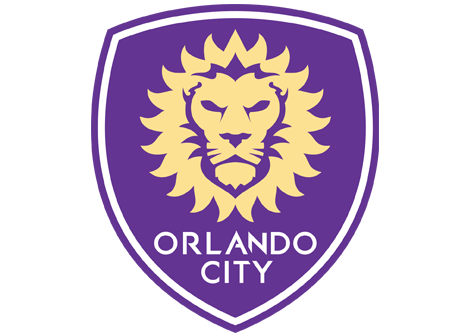















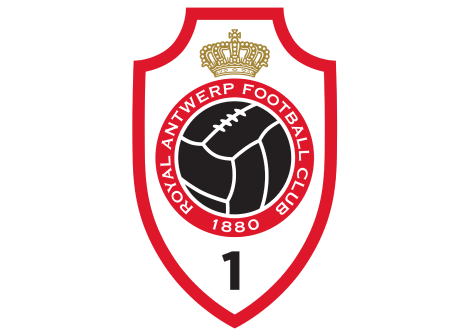




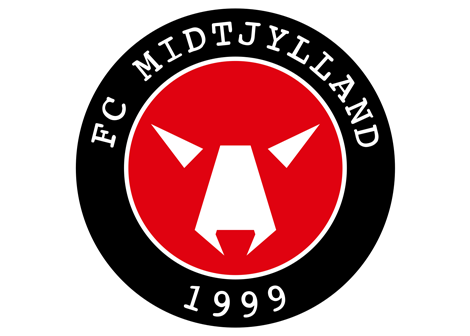






/SWEDEN/Malm%C3%B6%20FF.png)





